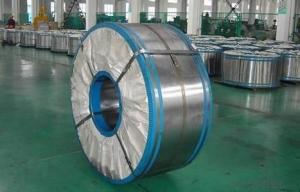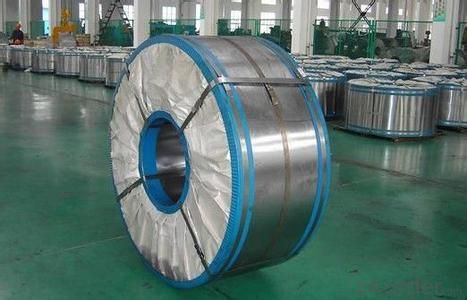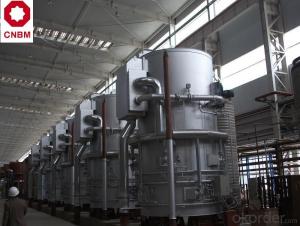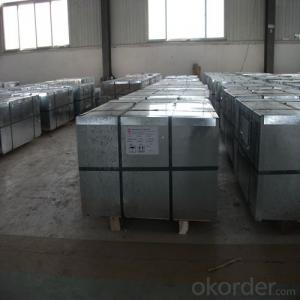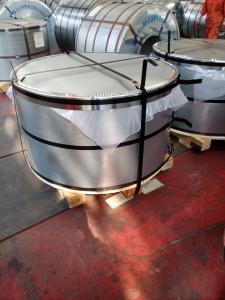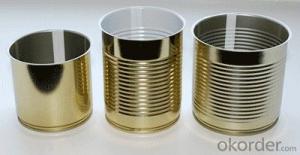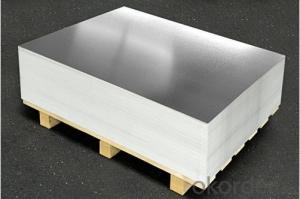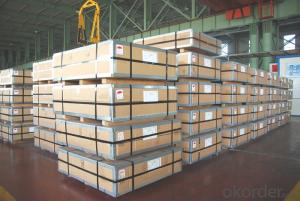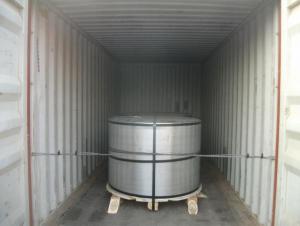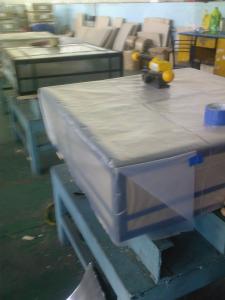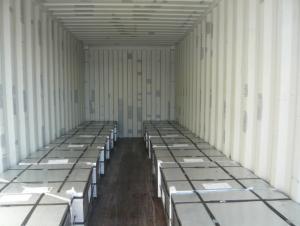Printed Electrolytic and Lacquered Tinplate for Metal Packing
- Loading Port:
- Hai Kou
- Payment Terms:
- TT OR LC
- Min Order Qty:
- 25 m.t.
- Supply Capability:
- 25000 m.t./month
OKorder Service Pledge
OKorder Financial Service
You Might Also Like
1. Structure of Printed Electrolytic and Lacquered Tinplate for Metal Packing Description
Tinplate in primarily used for packaging food stuffs and beverages, also used in containers for oils, grease, paints, polishes, chemicals and many other products. Aerosol containers and caps and closures are also made from ETP.
2. Main Features of the Printed Electrolytic and Lacquered Tinplate for Metal Packing
Tinplate is a thin steel coil coated by tin. It has an extremely beautiful metallic luster as well as excellent properties in corrosion resistance, solderability and weldability. Electrolytic Tinplate undoubtedly enjoys the pride of place as a packaging medium especially for food. The free tin layer is not only responsible for the attractive bright finish and ease of solderability but is also non-toxic a factor of vital importance in food packaging!
3. Printed Electrolytic and Lacquered Tinplate for Metal Packing Images
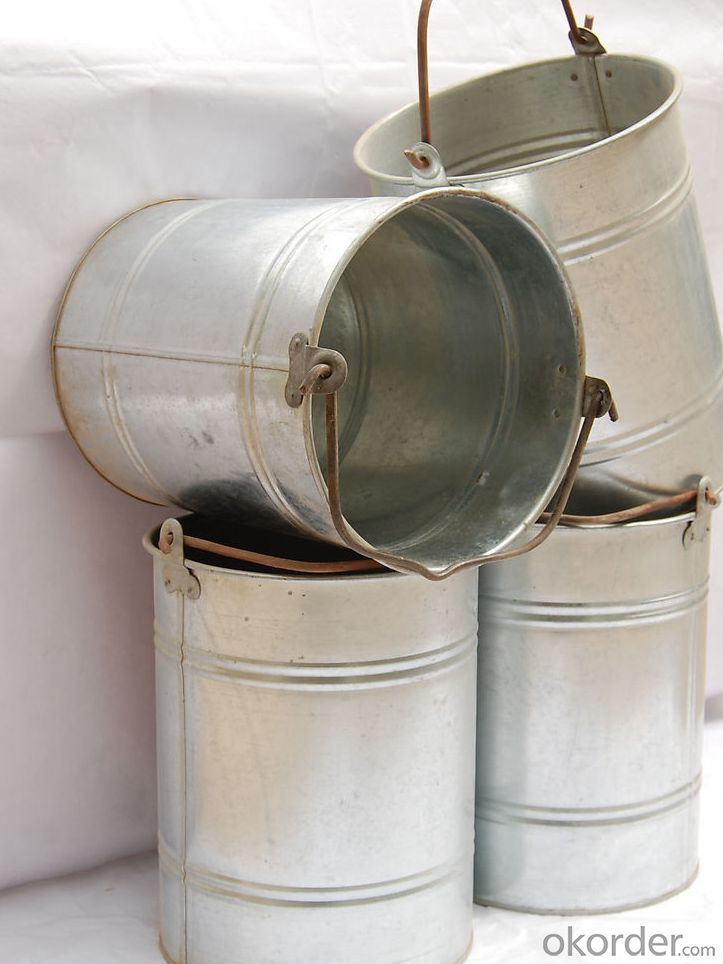
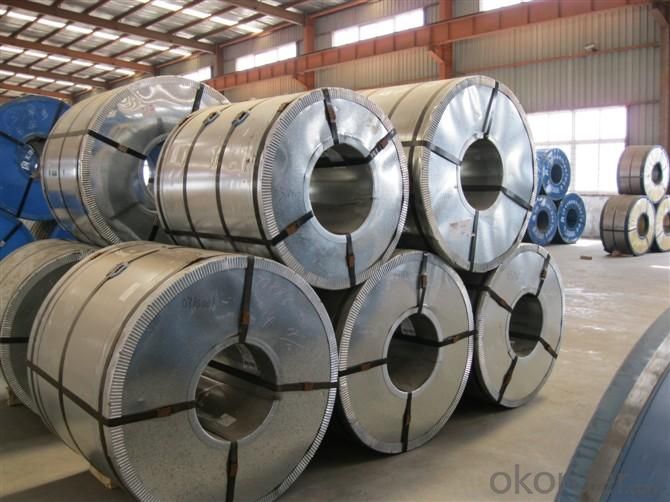
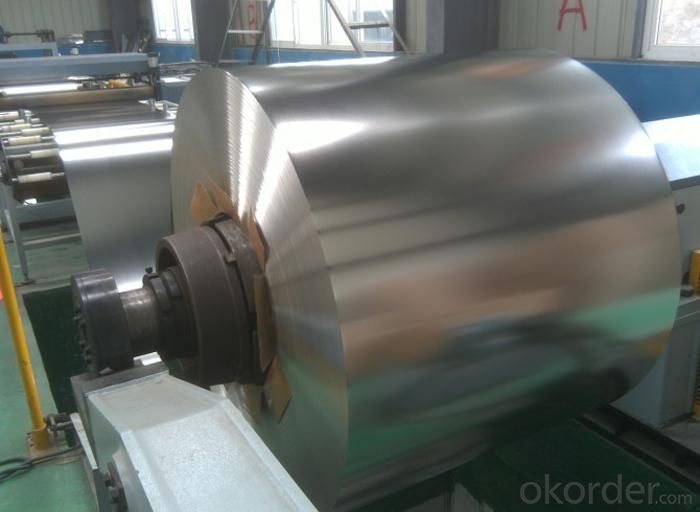
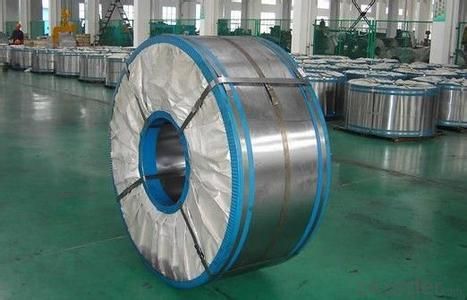
4.Printed Electrolytic and Lacquered Tinplate for Metal Packing Specification
Product name | Prime T3 Tinplate in sheets |
Steel Type | SPCC, MR |
Temper(BA&CA) | T1~T5 |
Coating for the Prime T3 Tinplate in sheets | 1.1~11.2g/m2 |
Thickness and tolerance | 0.15~0.50mm(Tolerance: _+0.01 mm) |
Width & tolerance | 300~1000mm (Tolerance: 0~3mm) |
Cut length & tolerance | 450~``50mm (Tolerance: 0~3mm ) |
Coil inside diameter | 420/508mm |
Coil Weight | Prime T3 Tinplate in sheets weight 3~10 MT |
Passivation | 311 |
Oiling | DOS |
Surface Finish | Bright, Stone, Silver, Matte |
Packaging | Prime T3 Tinplate in sheets with Seaworthy Standard with wooden pallet |
Standards Available | GB/T2520, JIS G3303, ASTM A623M & EN10202 |
5.FAQ of Printed Electrolytic and Lacquered Tinplate for Metal Packing
How can I buy SLM products in my country?
Please send us an inquiry or email,we will reply to you if there is distributor in your country.
- Q: Can tinplate be used for bakery packaging?
- Yes, tinplate can be used for bakery packaging. It is a durable and food-safe material that provides protection to bakery products from external factors such as moisture and light. Tinplate also offers a visually appealing packaging option and can be easily decorated or customized to enhance the product's presentation.
- Q: What are the common thicknesses of tinplate?
- The common thicknesses of tinplate range from 0.13mm to 0.49mm, with some variations depending on specific industry requirements.
- Q: What is tin plate?
- Tinplate is classified according to thickness and tinning. Generally speaking, in order to save costs, the current industrial production will reduce the iron thickness and tin content while guaranteeing the reliable strength of the package. One is to use less or even no tin tin (chrome iron), by 50s the development of hot dip tin plating tin to the present, China has not see the hot dip in the use of tinplate cans.
- Q: Are there any specific regulations for tinplate in different countries?
- Yes, there are specific regulations for tinplate in different countries. These regulations may vary in terms of quality standards, labeling requirements, import/export restrictions, and food contact safety regulations. It is important for manufacturers and exporters to understand and comply with these regulations to ensure the legal and safe use of tinplate in each respective country.
- Q: How is tinplate used in the manufacturing of kitchenware?
- Tinplate is commonly used in the manufacturing of kitchenware due to its excellent corrosion resistance and its ability to preserve the flavor and freshness of food. It is often used to create canisters, containers, and food packaging, providing a protective layer that prevents contact between the metal and the food. Tinplate also offers an attractive and shiny appearance, making it a popular choice for the production of kitchen utensils like cookware, cutlery, and baking trays.
- Q: What are the main factors influencing the competitiveness of tinplate manufacturers?
- The main factors influencing the competitiveness of tinplate manufacturers include price competitiveness, quality of products, technological advancements, production efficiency, supply chain management, customer satisfaction, and adherence to environmental and safety regulations. Additionally, factors such as market demand, brand reputation, innovation, and the ability to adapt to changing market trends also play a crucial role in determining the competitiveness of tinplate manufacturers.
- Q: Can tinplate be used for furniture?
- Yes, tinplate can be used for furniture. It is a versatile material that can be shaped and molded into various furniture components, such as decorative panels, legs, or frames. Tinplate's durability, corrosion resistance, and aesthetic appeal make it suitable for furniture applications, particularly in industrial or vintage-inspired designs.
- Q: How does tinplate affect the environment?
- Tinplate can have both positive and negative impacts on the environment. On one hand, tinplate is a highly recyclable material, which helps reduce the demand for new raw materials and decreases waste generation. Additionally, tinplate is often used as a protective coating on steel cans, preventing corrosion and extending their lifespan. This contributes to reducing the need for frequent replacements and conserving resources. However, the production of tinplate involves mining and refining tin ore, which can lead to habitat destruction, soil erosion, and water pollution if not managed properly. Furthermore, the manufacturing process may emit greenhouse gases and other air pollutants. Overall, the impact of tinplate on the environment depends on various factors, including its lifecycle management and the efficiency of recycling processes.
- Q: How does tinplate perform in terms of tamper resistance?
- Tinplate performs well in terms of tamper resistance. Its strong and durable nature makes it difficult to tamper with or manipulate without leaving visible signs of tampering. Additionally, tinplate can be sealed tightly, making it hard for unauthorized individuals to access the contents without clear evidence of tampering.
- Q: How is tinplate coated on both sides?
- Tinplate is coated on both sides through a process called electrolytic tinning. In this process, the tinplate is immersed in an electrolyte solution while an electric current is passed through it. This causes tin ions to be deposited on both sides of the tinplate, resulting in a thin layer of tin coating.
Send your message to us
Printed Electrolytic and Lacquered Tinplate for Metal Packing
- Loading Port:
- Hai Kou
- Payment Terms:
- TT OR LC
- Min Order Qty:
- 25 m.t.
- Supply Capability:
- 25000 m.t./month
OKorder Service Pledge
OKorder Financial Service
Similar products
Hot products
Hot Searches
Related keywords
